How GDPR Impacts E-Waste Management: What Every Organisation Needs to Know

Businesses upgrade their IT equipment all the time. Laptops get replaced, servers are decommissioned, and storage drives reach the end of their useful life. But there’s a critical question many overlook: what happens to the personal data stored on those devices once they’re ready for disposal?
Under the General Data Protection Regulation (GDPR), how an organisation disposes of its IT assets is not just an operational detail—it’s a legal obligation.
In this article, we explain how GDPR connects with e-waste management, and what steps every organisation should take to stay compliant.
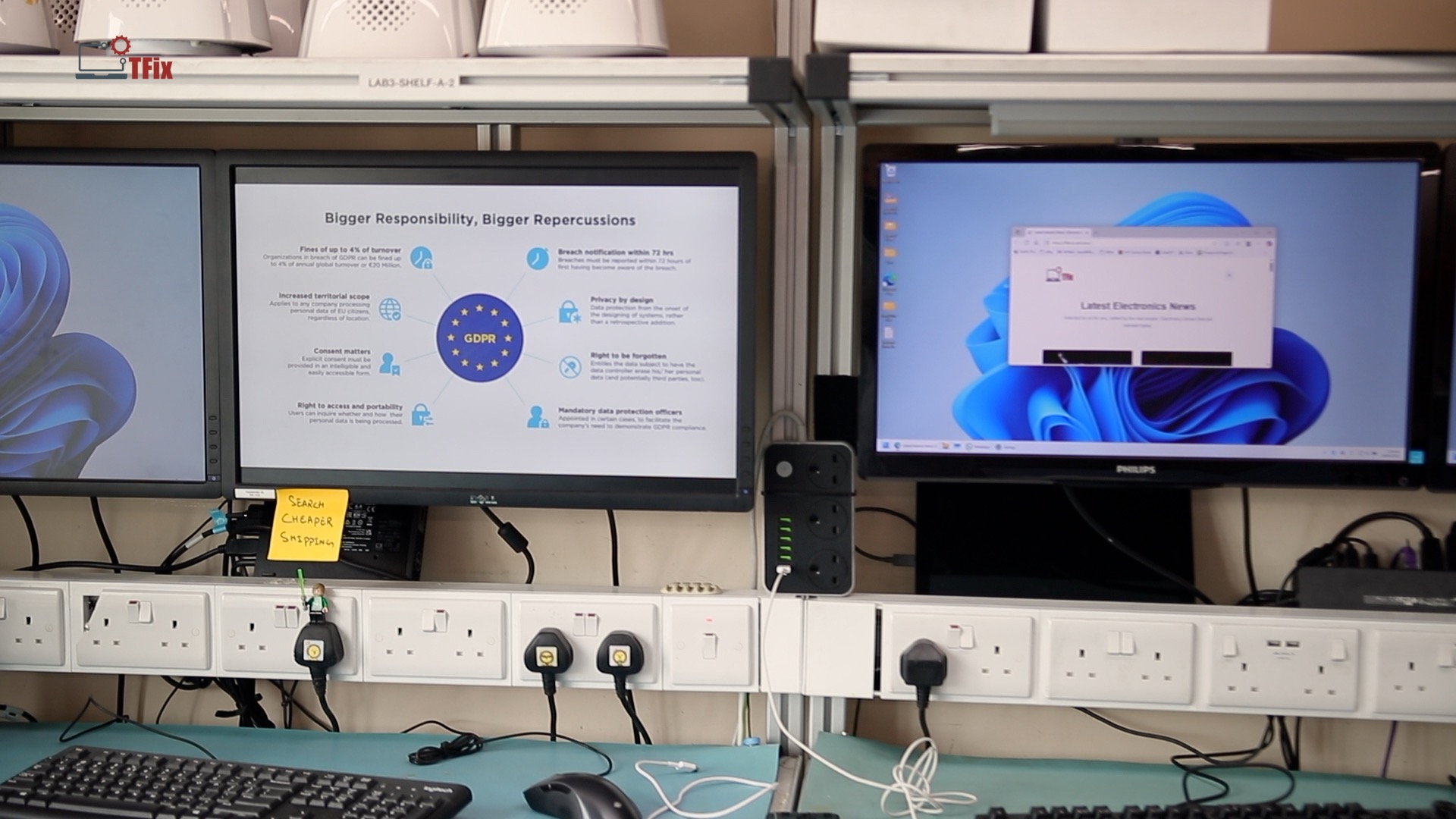
What Is GDPR?
GDPR—the General Data Protection Regulation—is a legal framework that dictates how personal data must be collected, stored, used, and deleted across the UK and the EU.
It applies to any organisation handling personal data. That includes names, addresses, email records, financial details, employee files, customer databases, and much more. Whether a business is large or small, GDPR obligations remain the same.
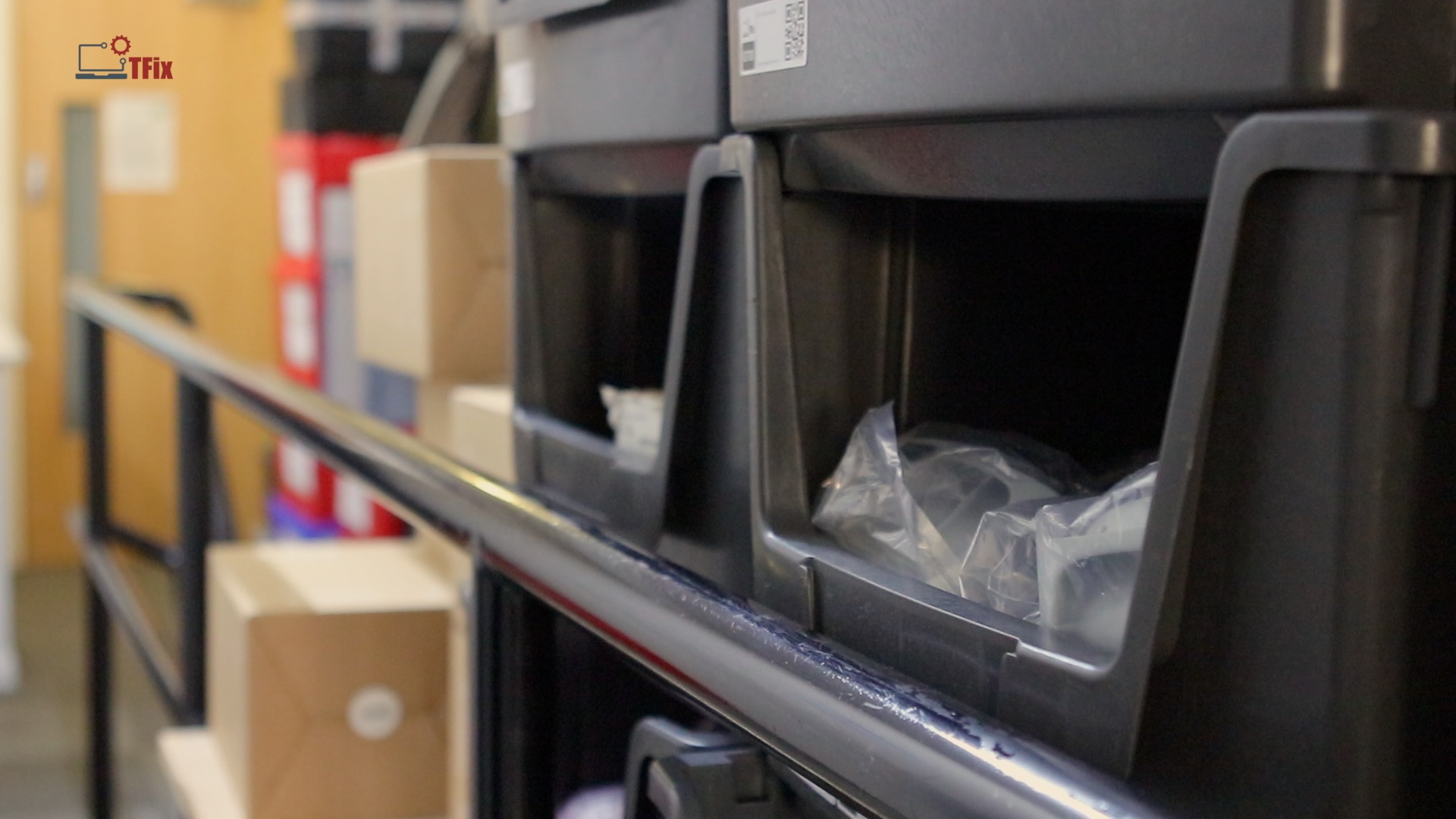
The Link Between GDPR and E-Waste
The connection is straightforward: when IT assets reach the end of their life, they often still contain sensitive personal data.
A hard drive pulled from a desktop PC, a server packed with customer records, a printer with internal memory—all can hold data long after they’re unplugged. Simply deleting files or doing a factory reset is not enough. In many cases, data can be recovered with readily available tools.
This creates a serious risk. If personal data leaks because of improper disposal, an organisation faces potential fines, legal action, and significant reputational damage.
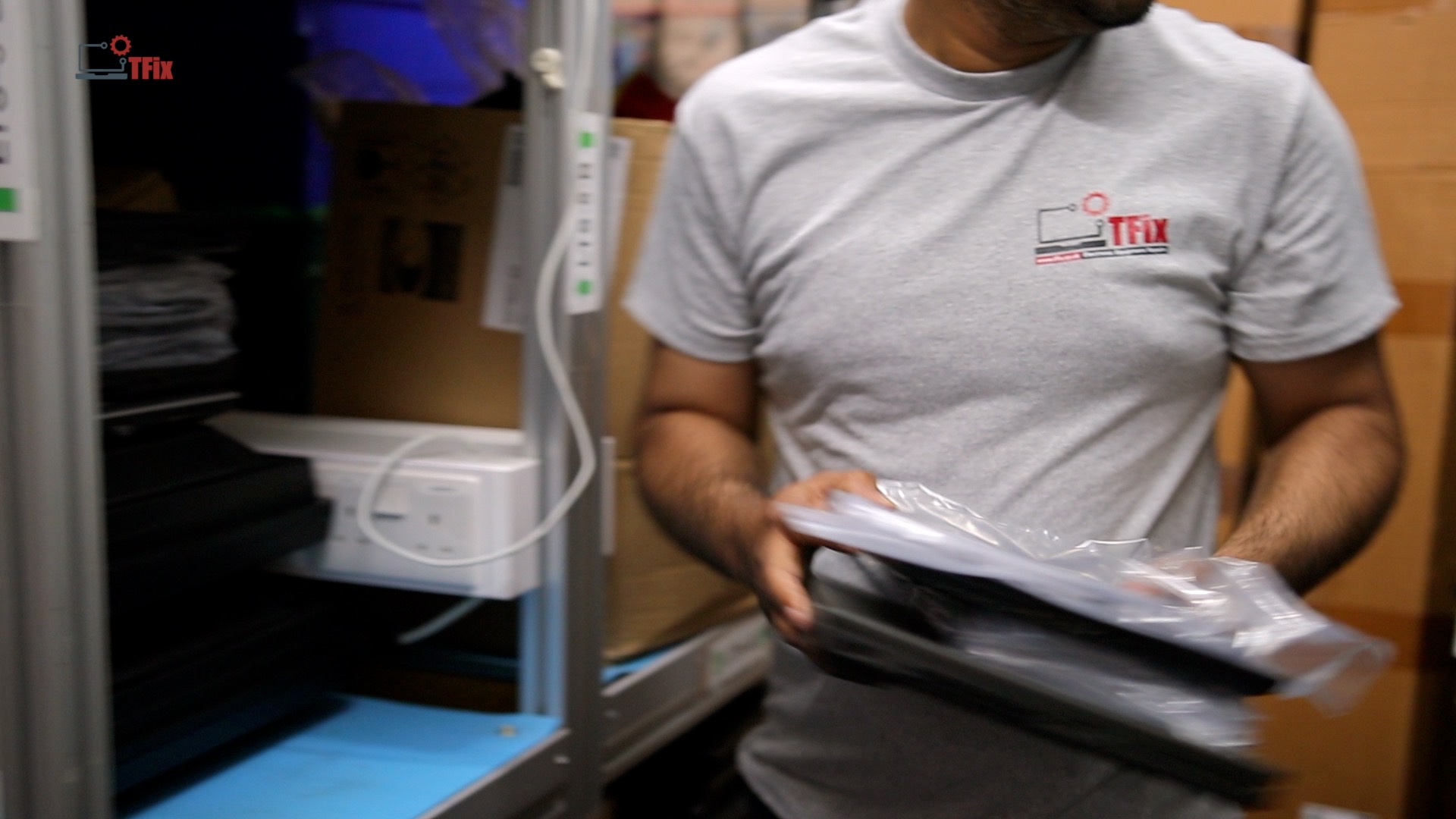
What Does GDPR Require for IT Disposal?
GDPR demands that organisations take “appropriate technical and organisational measures” to protect personal data, including during disposal.
In practice, this means:
1. Data Wiping or Physical Destruction
Devices must be securely wiped using professional-grade data-erasure tools, or the storage media must be physically destroyed. This applies to:
-
Hard drives (HDD and SSD)
-
Memory cards
-
USB drives
-
Mobile devices
-
Printers with built-in storage
A simple file delete or factory reset is not sufficient under GDPR.
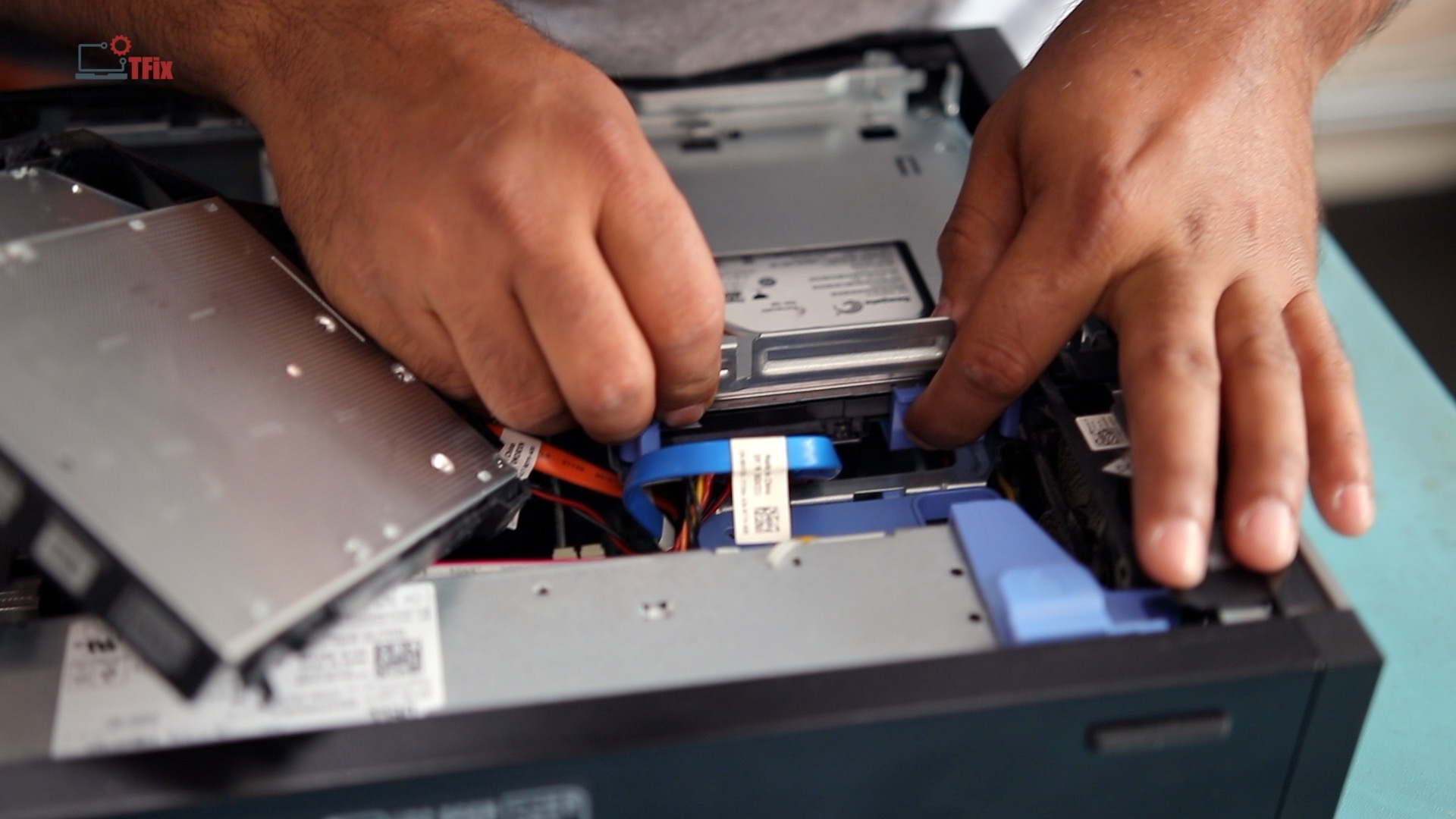
2. Documentation and Audit Trails
Organisations must keep records proving that data destruction has taken place. This includes:
-
Asset serial numbers
-
Dates of data wiping or destruction
-
Method used for data erasure or physical destruction
These records can be essential if regulators ever question how personal data was handled during disposal.
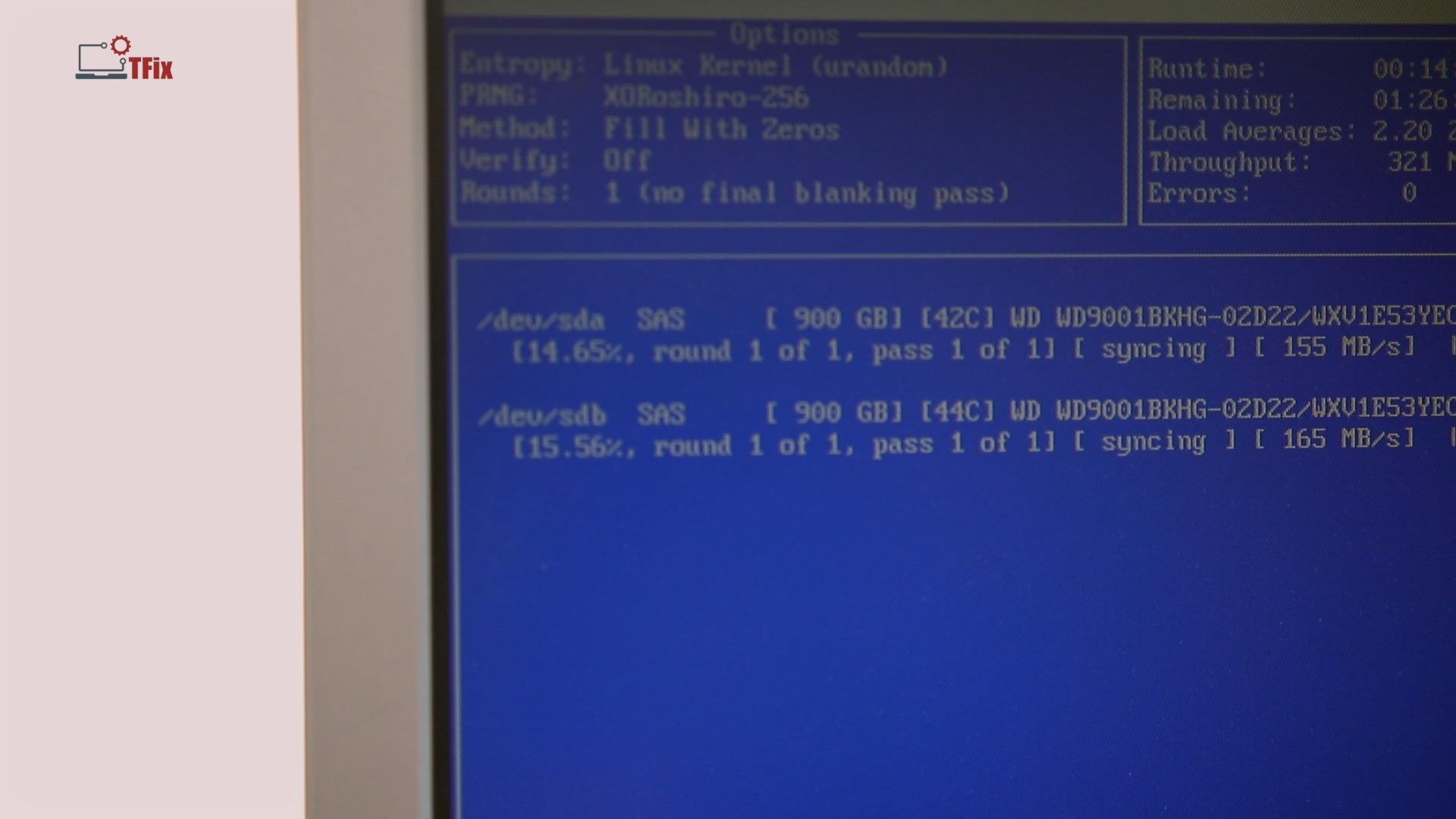
3. Using Certified Partners
If outsourcing IT disposal, businesses must ensure that their third-party providers comply with GDPR standards. This requires:
-
Formal written agreements
-
Proof that the vendor uses secure data destruction methods
-
Evidence of certifications (e.g. ISO standards, ADISA)
Outsourcing does not eliminate a company’s responsibility under GDPR.
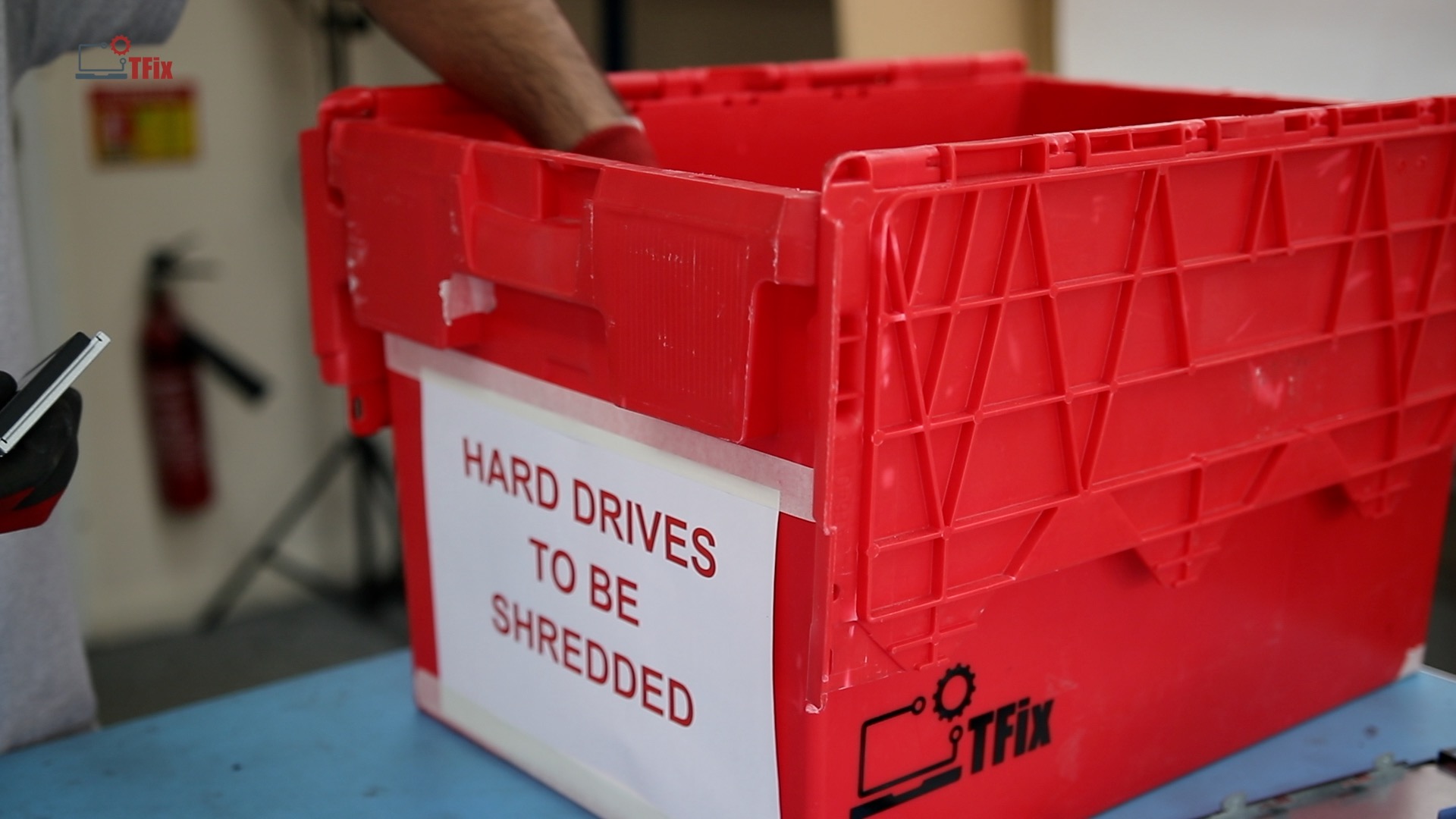
4. Maintaining Chain of Custody
Devices awaiting disposal must be stored securely. Movement of these assets should be tracked to prevent loss or theft. A documented chain of custody ensures:
-
Physical security
-
Accountability at every stage
-
Lower risk of unauthorised access
Why It Matters
GDPR violations are not hypothetical. Data breaches caused by improperly disposed IT assets have resulted in significant fines and public backlash.
Consider the financial and reputational cost of a single lost laptop containing thousands of customer records. Under GDPR, fines can reach up to £17.5 million or 4% of global turnover—whichever is higher.
But beyond penalties, proper disposal safeguards trust. Clients, employees, and business partners expect organisations to protect personal data throughout the entire lifecycle of their IT assets—including at the point of disposal.
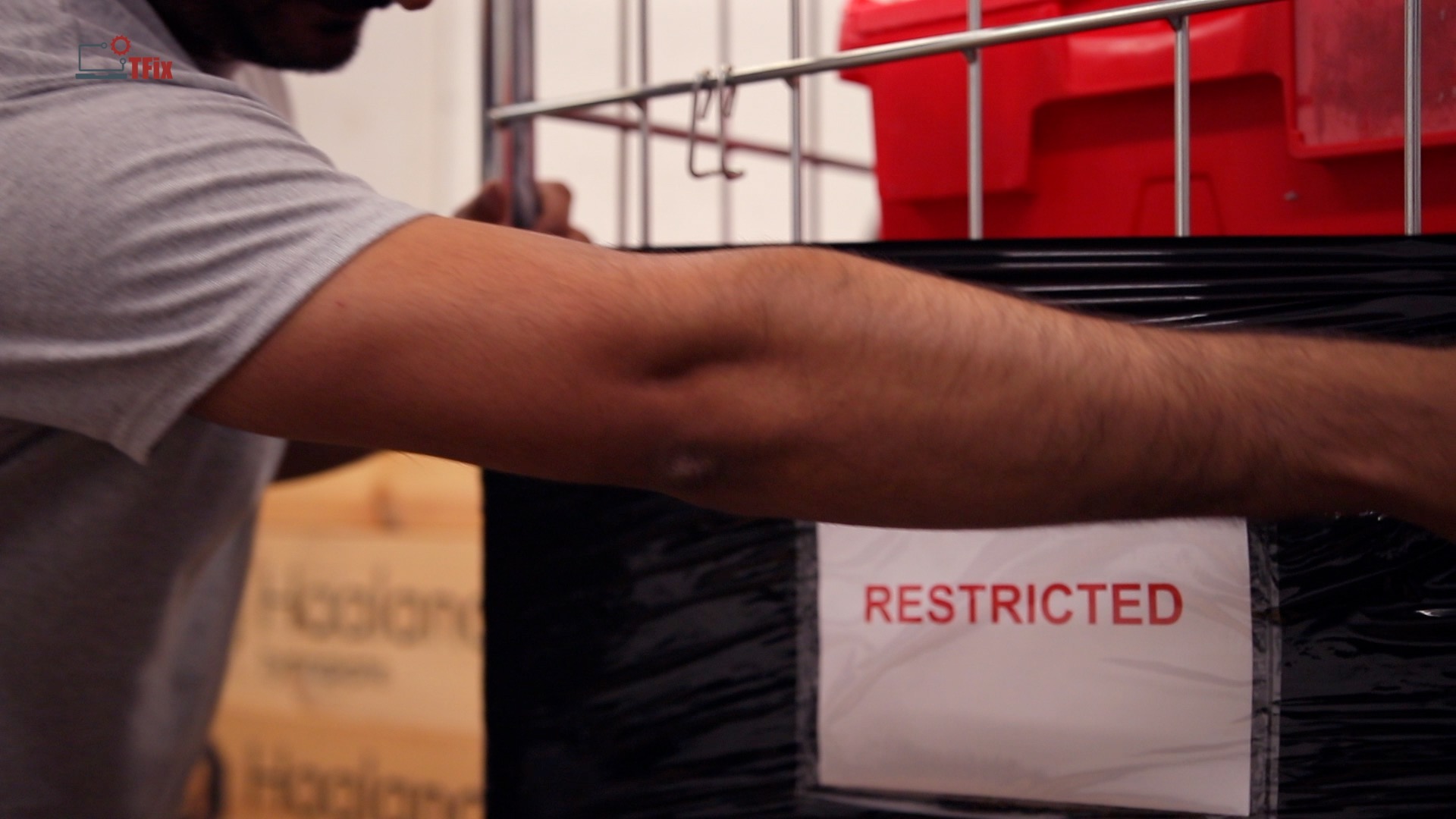
Final Thoughts
GDPR and e-waste management are directly linked. Disposing of IT assets without secure data destruction is a compliance failure, not just a missed operational step.
Organisations must ensure personal data is irreversibly destroyed, maintain proper records, and work only with trusted partners. The stakes are too high to leave this to chance.
Take disposal seriously. Treat data destruction as an integral part of GDPR compliance, not an afterthought.